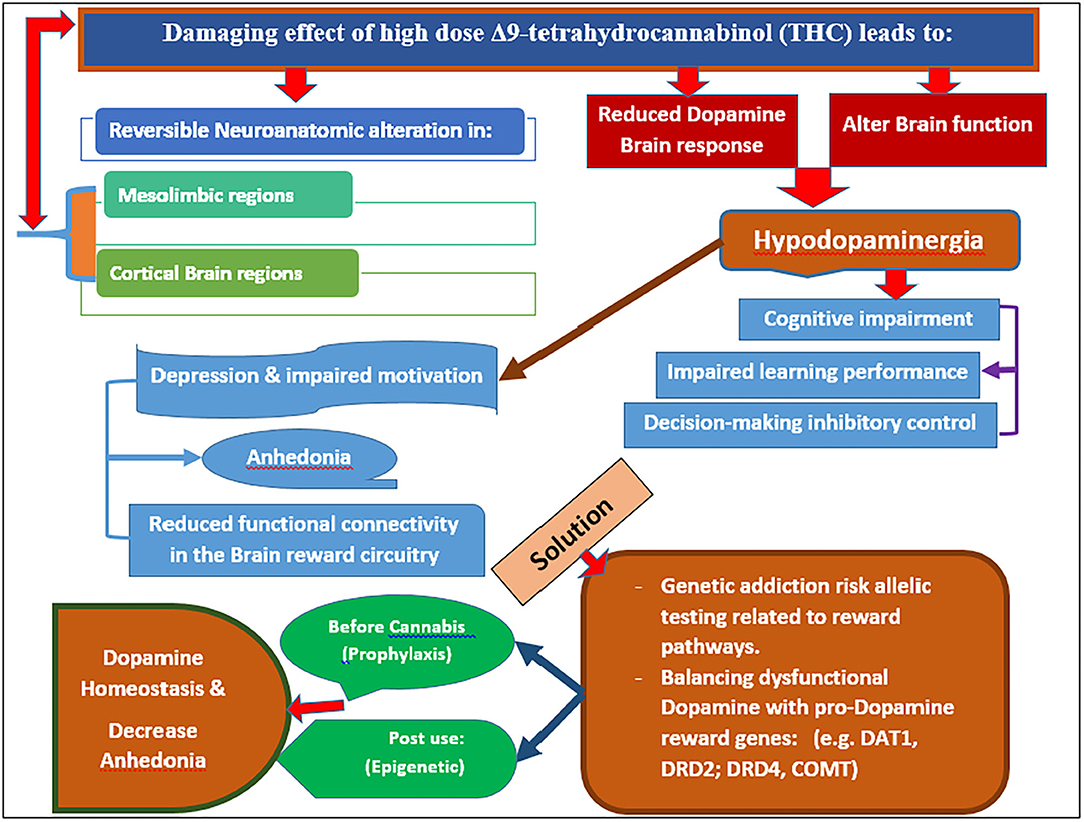
/made-by-man-and-mother-nature-1161409422-c428a3cb28e244d783c73770a76fc118.jpg)
But in all that time, the benefits of pot have remained hazy. Since the mid-1990s, 28 states have legalized marijuana for medical uses. What are marijuana’s benefits? Shutterstock But here I’ve provided a summary of what the researchers found. It is nearly 400 pages if you want a really deep dive into the benefits and harms of marijuana, you should read it in full. Still, the report is the best look at marijuana yet. The National Academies ultimately calls for these barriers to be cut down and more research to be funded so we can get a better idea of what pot is capable of, especially as more states legalize it for both medical and recreational uses. The report pins the lack of good research largely on government policies - particularly regulatory barriers linked to marijuana’s federal classification as a highly restricted Schedule 1 substance - that make it hard to conduct good studies on the drug. One major caveat to this: The report is, by its own admission, only a best guess for a lot of its findings, because much of the research out there just isn’t very good. It’s possible that, down the line, some of the benefits in particular will be split from the marijuana leaf itself - although many drug experts believe that there’s an “entourage effect” with marijuana in which all of its cannabinoids and chemicals, which number in the hundreds, work together to make its effects as potent as possible. The findings aren’t just for marijuana they’re for marijuana or cannabinoids, chemical compounds commonly found in pot.

How Obama quietly reshaped America’s war on drugs


 0 kommentar(er)
0 kommentar(er)
